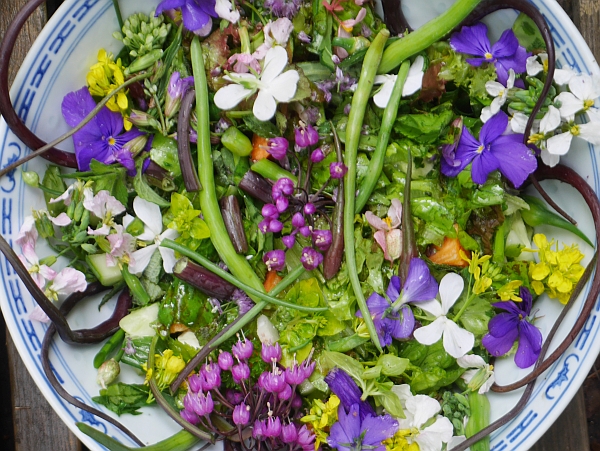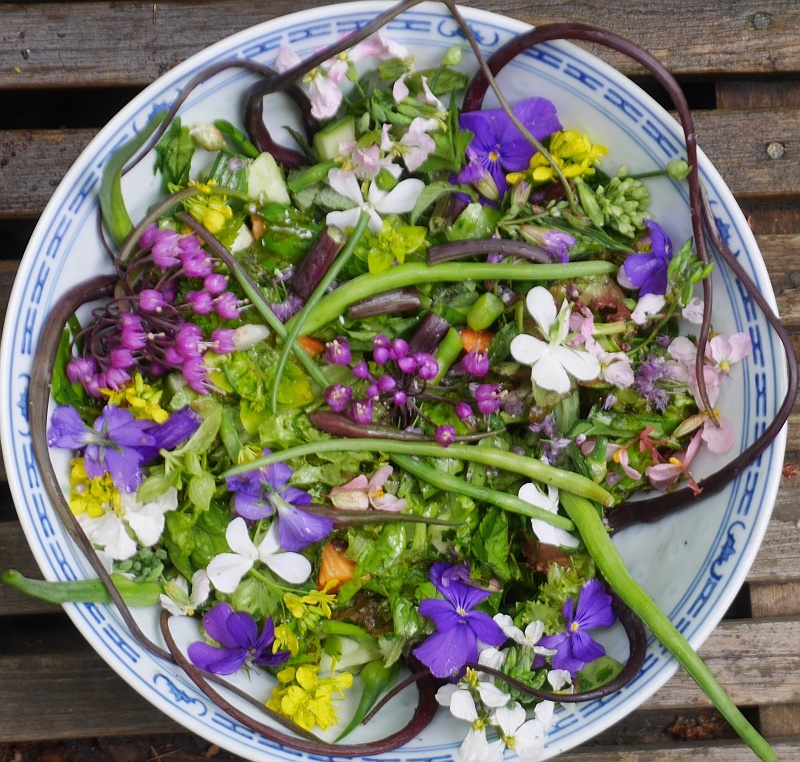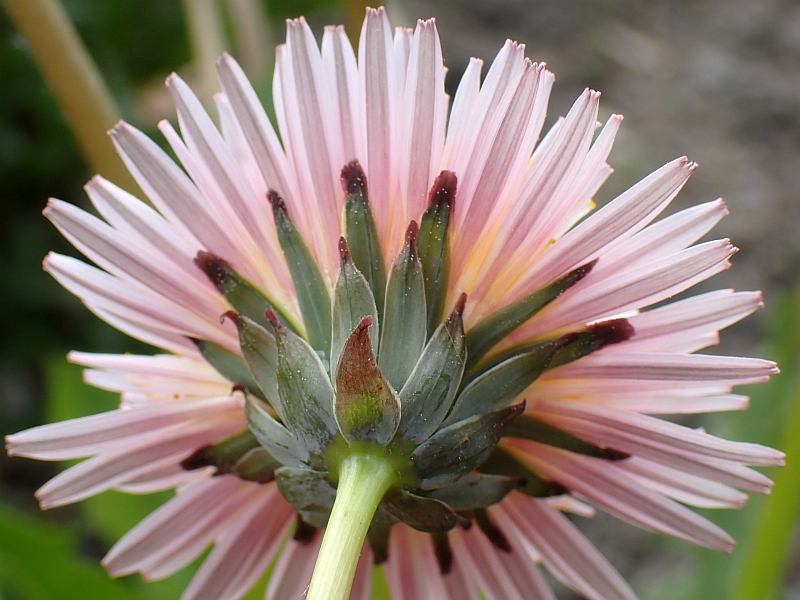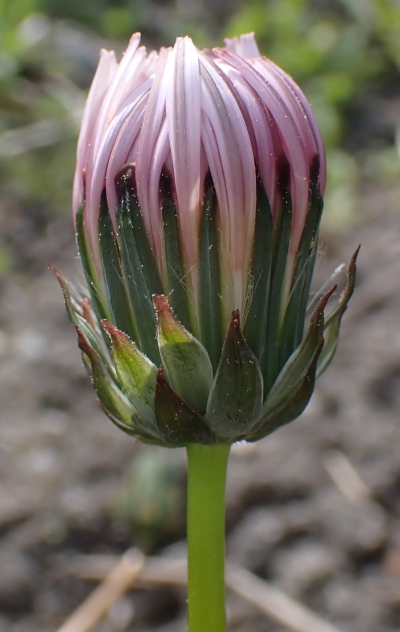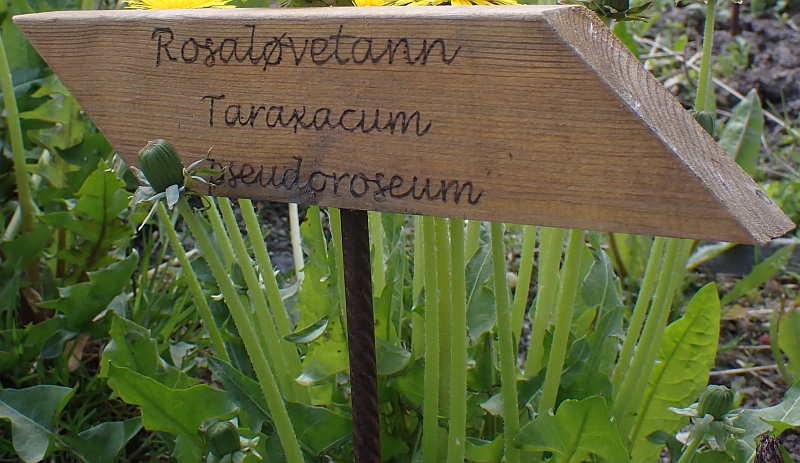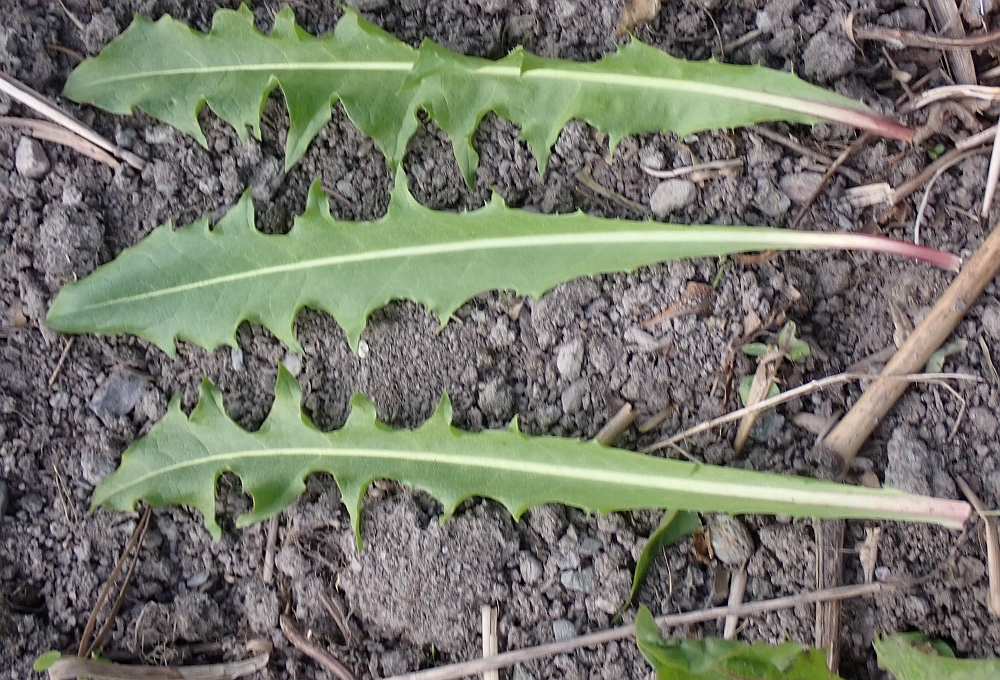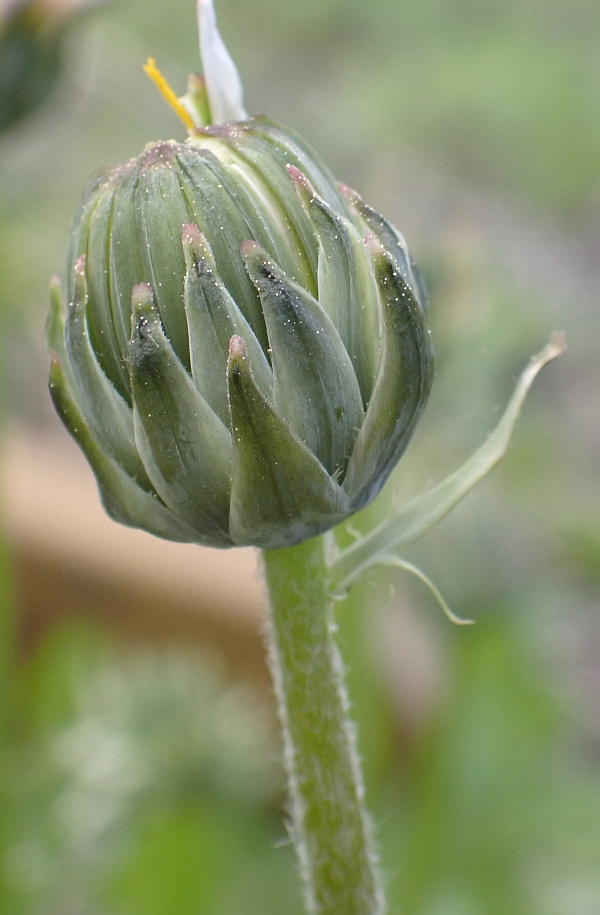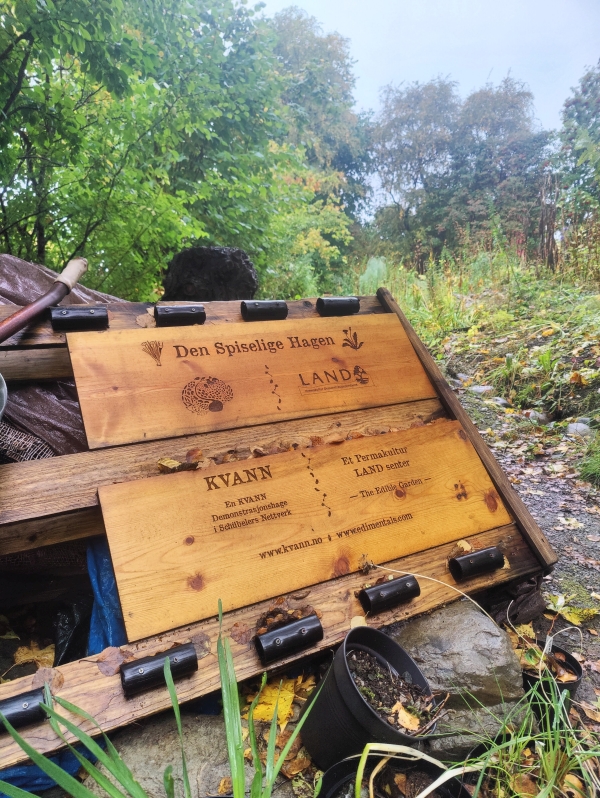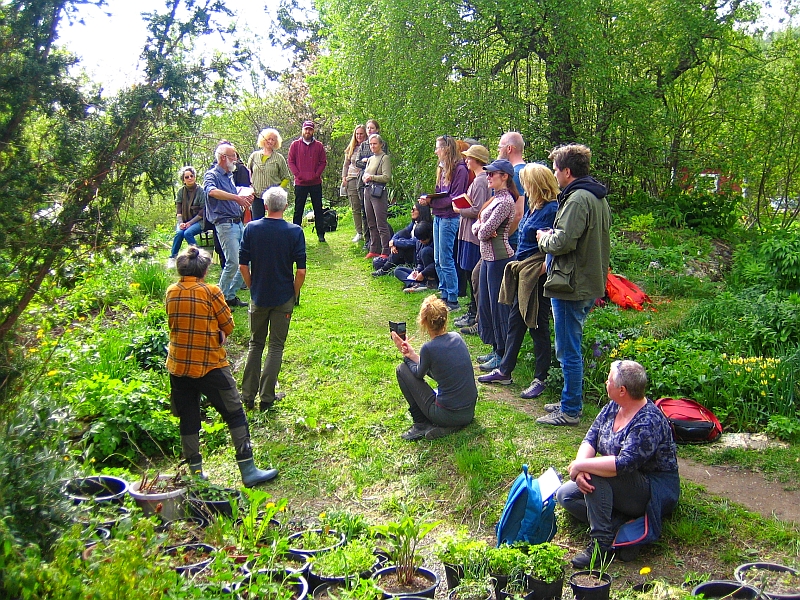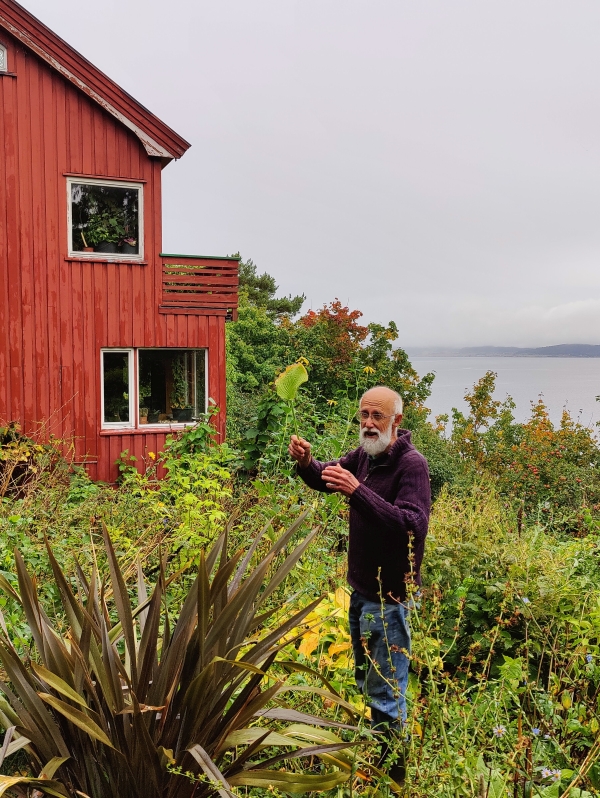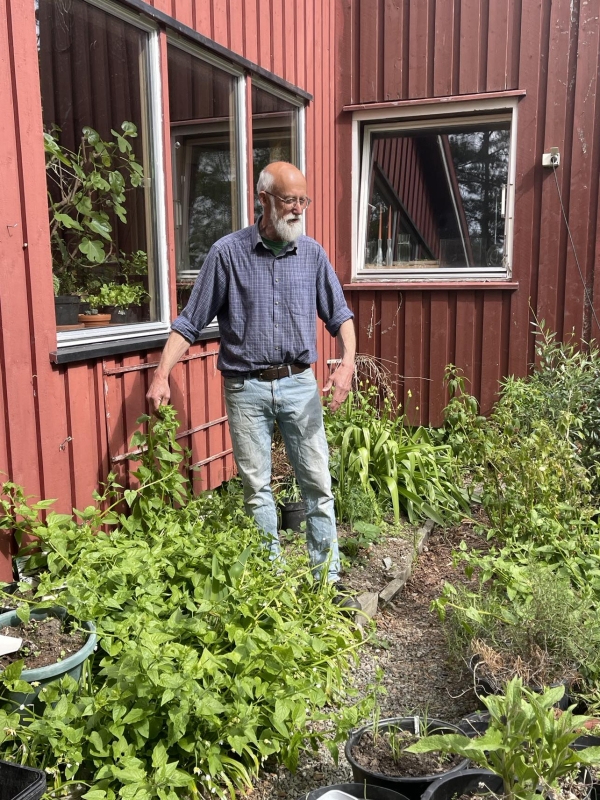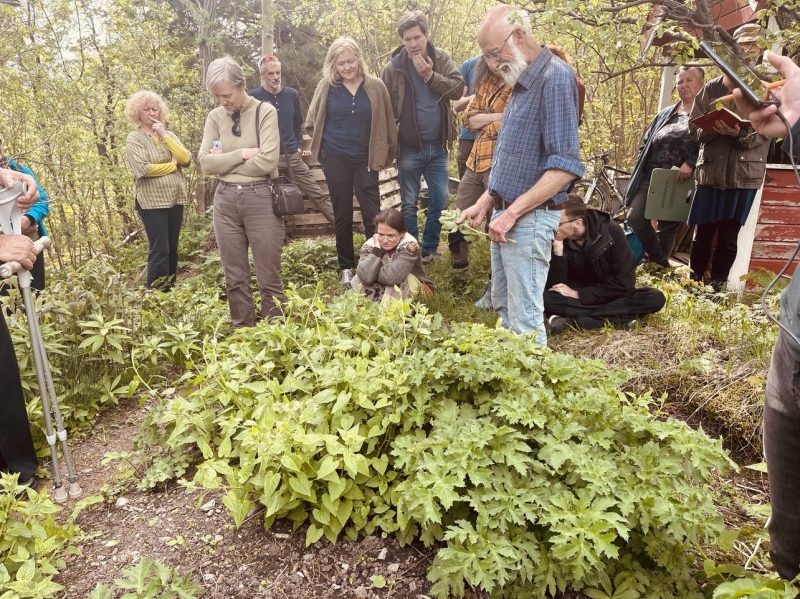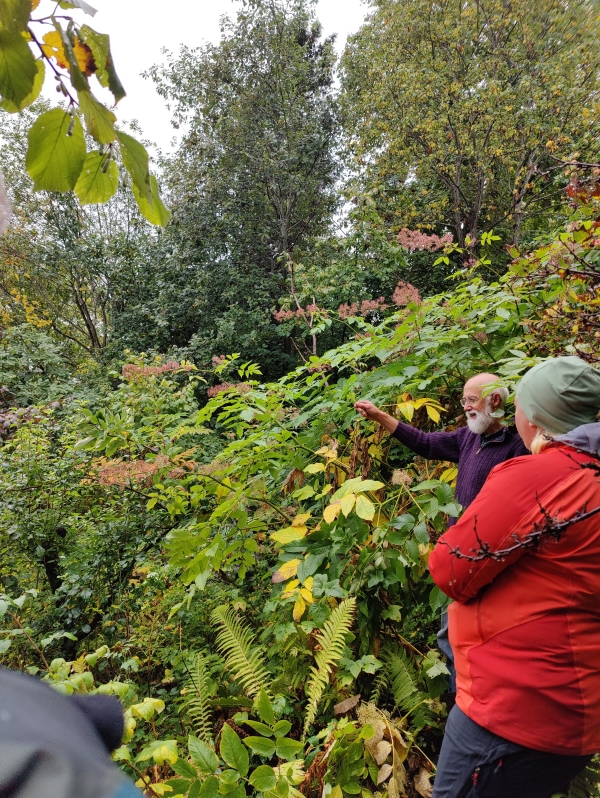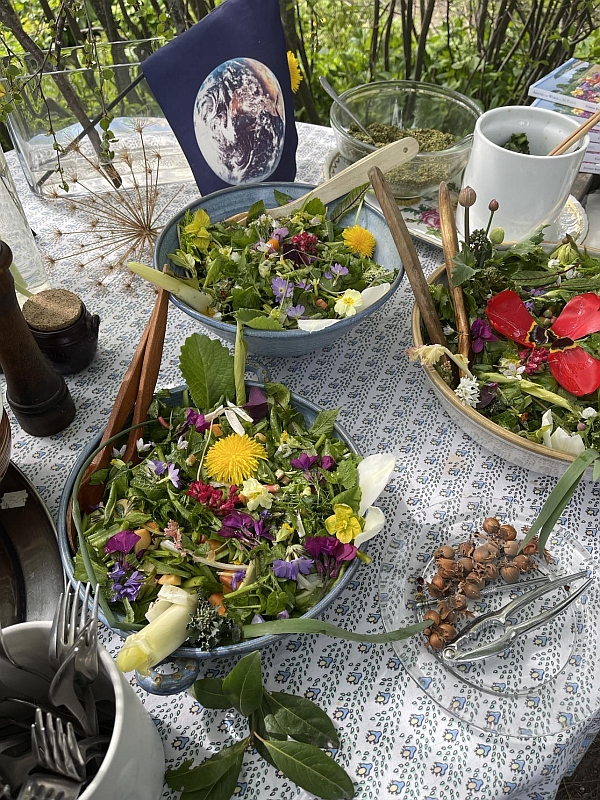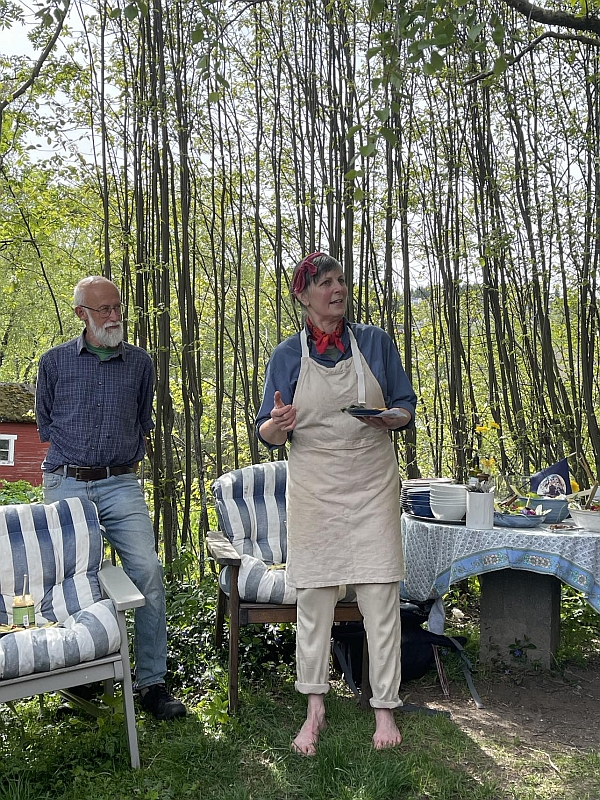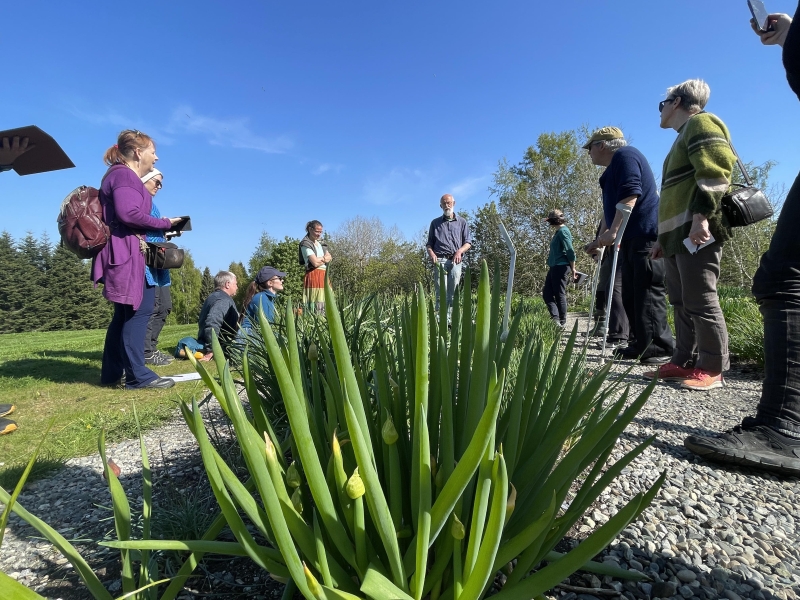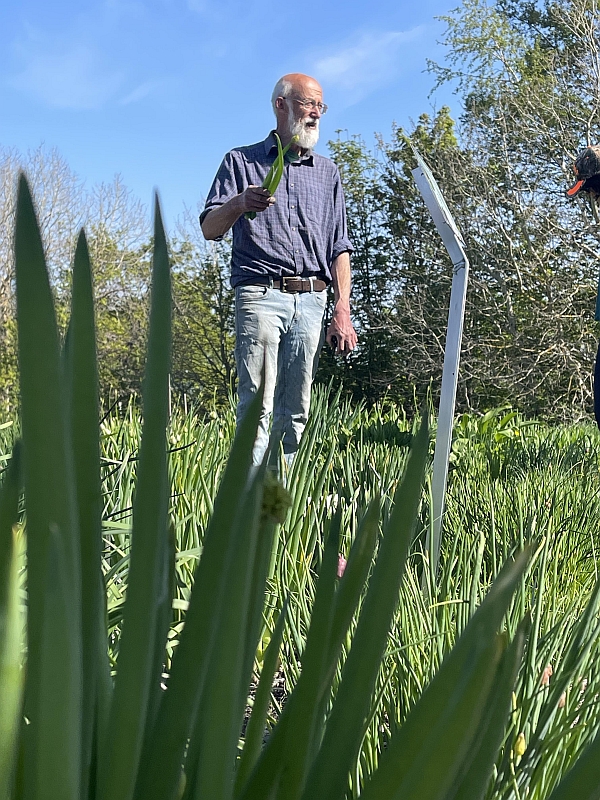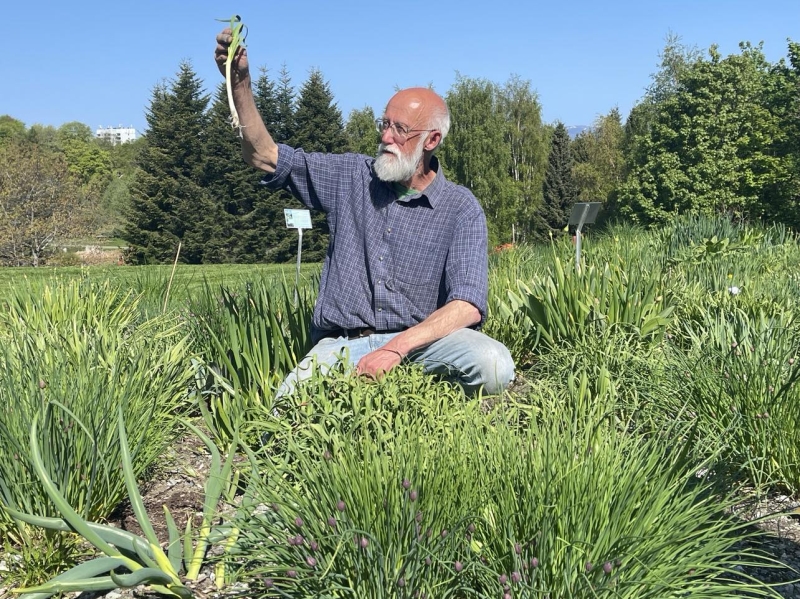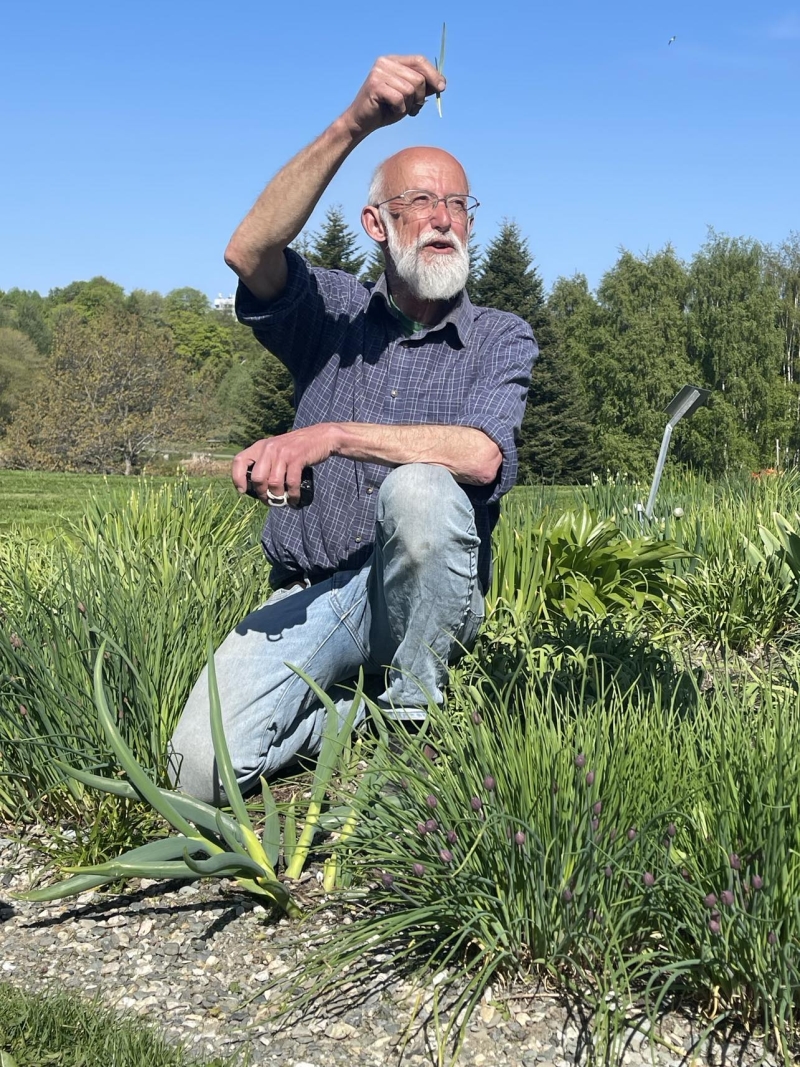Engelsk tekst nederst
I løpet av 17.-19. juli var jeg glad for å kunne returnere gjestfriheten gitt av KVANNs søsterorganisasjon Arche Noah (Austrian Seed Savers) under mine 2 turer dit i 2017 og januar 2020 rett før COVID-en rammet (se https://www.edimentals .com/blog/?s=arche+noah)
Dette var i forbindelse med et Erasmus pluss utdanningsprogram der Arche Noah-utdanningen besøker ulike steder i Europa for å lære mer om flerårige grønnsaker og skogshager! Vi besøkte hver av mine 3 hager: The Edible Garden, Væres Venners Felleshagen og Løkhagen Chicago ved NTNU Ringve Botaniske Hagen.
Vi fikk selskap av Guri Bugge, Mette Theisen og Judit Fehér fra KVANNs styre (bilde). Ursula Taborsky fra Arche Noah er nest til venstre på bildet fra min spiselige (skogs)hage.
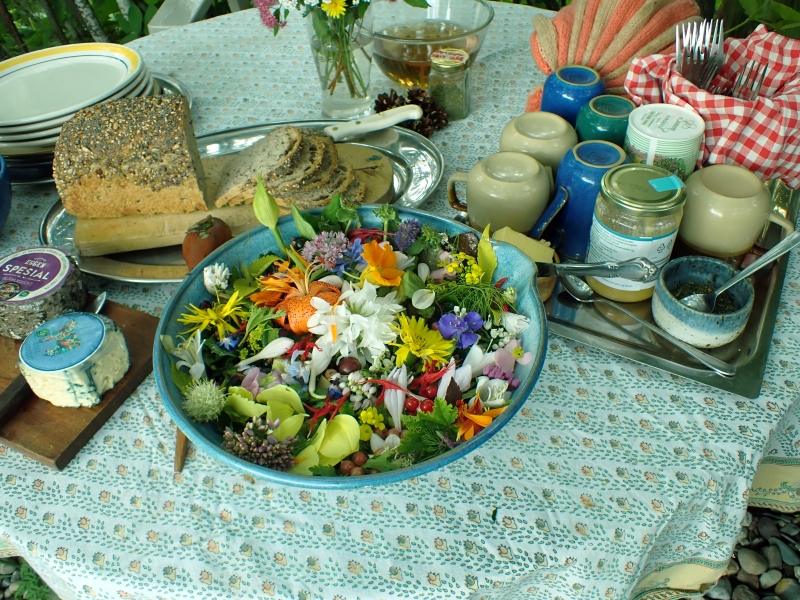 English: During 17th-19th July I was happy to be able to return the hospitality given by KVANN’s sister organisation Arche Noah (Austrian Seed Savers) during my 2 trips there in 2017 and January 2020 just before COVID hit (see https://www.edimentals.com/blog/?s=arche+noah)
English: During 17th-19th July I was happy to be able to return the hospitality given by KVANN’s sister organisation Arche Noah (Austrian Seed Savers) during my 2 trips there in 2017 and January 2020 just before COVID hit (see https://www.edimentals.com/blog/?s=arche+noah)
This was in connection with an Erasmus plus education program in which Arche Noah education are visiting various places in Europe to learn more about perennial vegetables and forest gardening! We visited each of my 3 gardens: The Edible Garden, Væres Venners Community Garden and the Onion Garden Chicago at the Ringve Botanical Garden.
We were joined by Guri Bugge, Mette Theisen and Judit Fehér from KVANN’s board (picture). Ursula Taborsky from Arche Noah is second left in the picture from my Edible (Forest) Garden.
Tag Archives: Væres Venner Felleshage
Saint John’s Eve Felafels
Yesterday was St. John’s Eve and many Norwegians (and other Scandinavians) celebrated what is known here as Sankthans or Jonsok with communal bonfires, the big midsummer celebration. Sankt Hans is a short form of Sankt Johannes. There is a special perennial onion which was traditionally harvested on this day in the Netherlands, which I believe to have a much large potential than its current status as a local food crop, as it is so much easier to grow, in particular in areas increasingly suffering from summer droughts and water shortages and avoids common pests of onions and shallots by its early growth and perhaps also resistance. If nothing else, it complements shallots and onions in that it is available much earlier in the year!
There is genetic evidence that St. John’s onion (Johannes-løk) has a unique triparental origin A. × cornutum with three putative parental species, A. cepa, A. pskemense, and A. roylei. Hardiness is probably bestowed by hardy Allium pskemense which has been growing in the Ringve Botanical Gardens in Trondheim for many years. A similar hybrid has been found both in Germany, Croatia and India. It was perhaps more widely cultivated in the past and these are just remnant populations. On 21st June I harvested the Croatian accession from the Onion Garden Chicago at the Ringve Botanical garden which had been left for two years resulting in hundreds of tightly packed onions and on 22nd June from the World Garden at the Væres Venner Community Garden. I replanted in both gardens single bulbs separated by about 10cm. in a roughly circular patch.
Last night, St. John’s Eve, I started a vegetarian midsummer tradition by making St. John’s Felafels with dried broad beans stored since the autumn and golpar spice (from dried seeds of a mix of Heracleum sp.).
See more about Johannes’ shallot at https://www.edimentals.com/blog/?p=22601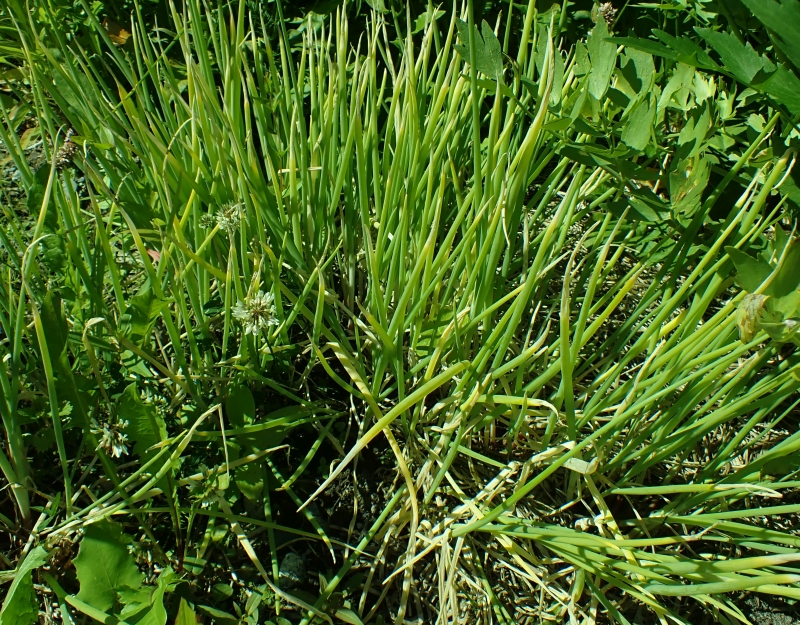

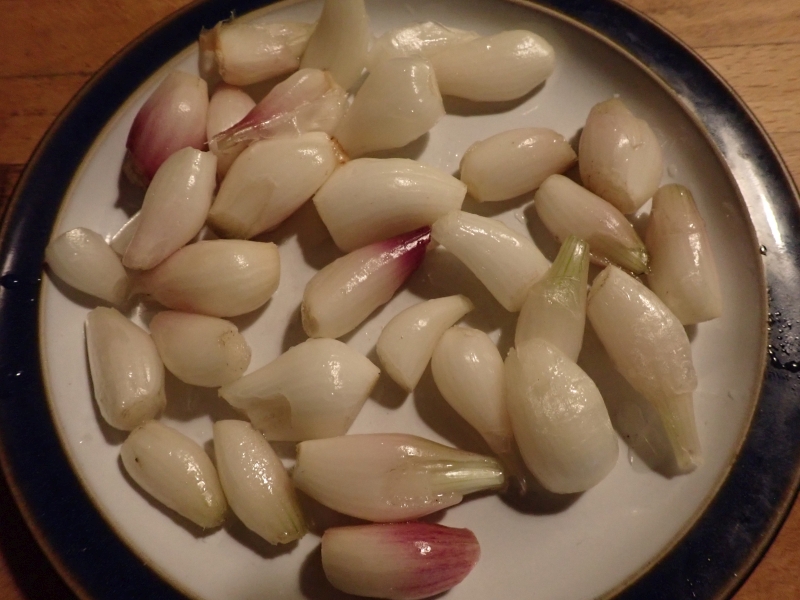


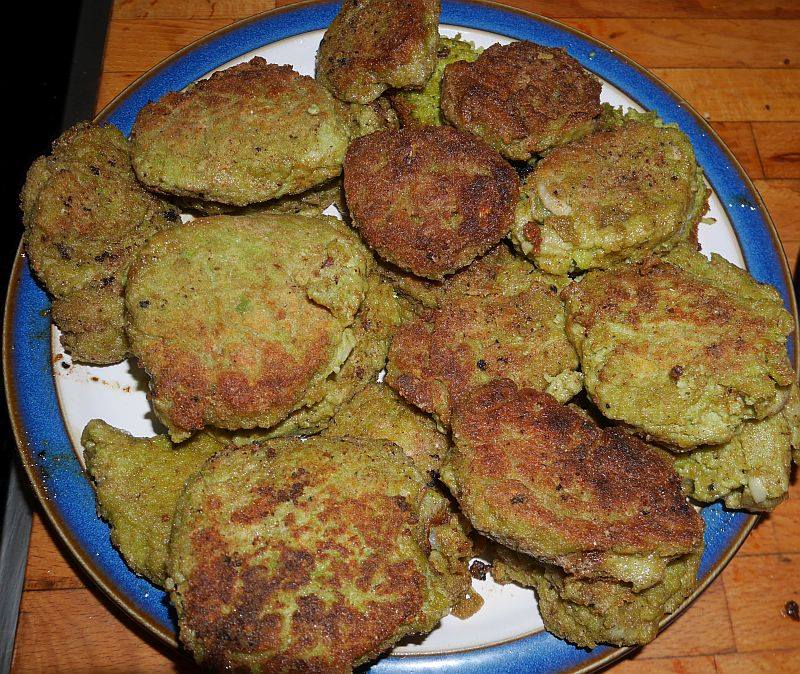
Pot luck salad
On Sunday 26th May we organized a potluck party in Væres Venners Community Garden in Trondheim for the first time! It was a fantastically successful event in glorious summer weather close to 30C (and a record for May) and with 40 participants, both members of the community garden (and supporters) and KVANN Trøndelag members. The participants brought a large variety of food dishes as we had hoped! The highlight was Anders (and Barbro) Nordrum’s introductory lecture on food preparedness!
Thanks to everyone, we will be doing this again!
My contribution was naturally a salad and I had to apologise as there were only 50 plants in it ;)
The white flowers: ramsons (ramsløk), sweet cicely (Spansk kjørvel), Allium zebdanense and sea kale (strandkål).
General pictures by Dan Smith! 

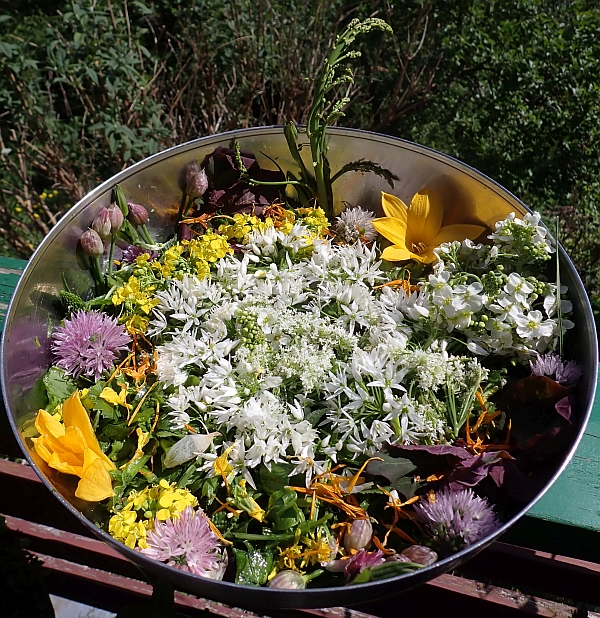
Dandelions in pink, white and yellow
16th May 2024: Dandelions in white, pink and (self-sowed) yellow in the Asian part of the World Garden at the Væres Venner Community Garden in Trondheim. I planted both Taraxacum albidum, Taraxacum leucanthum and Taraxacum pseudoroseum in this part of the garden and it turns out, thanks to Lisa Wesley of Growild Nursery that it isn’t albidum but Taraxacum albiflos. Will post separate albums below showing detailed studies of the pink and white one in case anyone has a key to these (there are several white flowered dandelion species in Asia).
Botanical details of what I’m growing as Taraxacum pseudoroseum in the World Garden at the Væres Venner community garden in Trondheim:
Botanical details of Taraxacum albiflos in the World Garden at the Væres Venner community garden in Trondheim.
A video tour of the World Garden
Angelica archangelica “Vossakvann” (Voss Angelica)
Urtica (two stingless stinging nettles; brennløs brennesle)
Matteuccia struthiopteris (ostrich fern; strutseving)
Allium angulosum x nutans “Norrland Onion” (Norrlandsløk)
Allium victorialis (victory onion; seiersløk) from naturalised populations in the Lofoten Islands)
Rumex patientia (patience dock; hagesyre)
Artemisia dracunculus sativa “German” (German tarragon; Tysk estragon)
Polygonum bistorta (bistort; ormerot)
Cirsium eriophorum (wooly thistle; ulltistel)
Humulus lupulus “Aureus” (golden hops; gullhumle)
Cirsium oleraceum (cabbage thistle; kåltistel)
Levisticum officinale (lovage; løpstikke)
Allium x cornutum (St. Jansuien; Johannesløk)
Phyteuma spicatum and P. nigra (spiked rampion; vadderot)
Hablitzia tamnoides (Caucasian spinach; stjernemelde)
Rumex acetosa “Champion” (sorrel; engsyre)
Allium stipitatum (Persian shallot; Persisk sjalott)
Allium pskemense x fistulosum “Wietse’s onion” (Wietsesløk)
Rhodiola rosea (roseroot; rosenrot)
Allium fistulosum “Takløk fra Gudbrandsdalen” (roof onion from the Gudbrandsdalen valley; old variety growing on turf roofs)
Arabis alpina (alpine rock cress; fjellskrinneblom)
Hemerocallis (day lilies; dagliljer)
Hosta
Ligularia fischeri “Cheju Charmer” (gomchwi; Koreansk nøkketunge)
Cryptotaenia japonica “Atropurpurea” (purple mitsuba)
Aralia cordata (udo)
Ligularia fischeri “Himalayan accession”
Allium senescens or nutans (or hybrid)
Arctium lappa (greater burdock; storborre)
Taraxacum pseudoroseum (pink flowered dandelion; rosablomstret løvetann)
Hemerocallis middendorfii
Secale cerale x montanum “Mountaineer” (perennial rye; flerårige rug)
Allium douglasii (Douglas’ onion; Douglas-løk)
Allium cernuum “Alan Kapuler” (nodding onion; prærieløk); wild collected by Kapuler on the coast of Oregon
Camassias
Allium cernuum “Major” (nodding onion; prærieløk)
Maianthemum racemosum “Emily Moody” (false spikenard; toppkonvall)
Oenanthe javanica (seri)
Sagittaria latifolia (wapato)
Urtica dioica subsp gracilis (California nettle)
Agastache foeniculum “Aureum” (golden anise hyssop; anisisop)
Hydrophyllum tenuipes (Pacific waterleaf)
Allium x proliferum “Catawissa” (walking onion; etasjeløk)
Rudbeckia laciniata “Hortensia” (cutleaf coneflower; gjerdesolhatt, Kyss-meg-over-gjerde)
Tradescantia occidentalis (prairie spiderwort)
Crambe maritima (sea kale; strandkål)
The 2023 Permaveggies / Forest Gardening course
The 5th Permaveggies / Forest Gardening course I’ve held in Malvik took place on Sunday 21st and Monday 22nd May with guest Jen McConachie who gave her forest gardening course at Presthus Farm on the Monday evening. On the Sunday we met at my garden (The Edible Garden) for a garden tour and lunch from the garden with focus this year on growing food while maintaining a high biodiversity. On Monday we visited The Væres Venner Community garden to see the World Garden and also the large collection of edible trees and bushes that have been planted there, followed by a visit to the Onion Garden at the Ringve Botanical Garden in Trondheim.
Previous Permaveggies weekends were held in 2012, 2013, 2016 and 2019 whilst the 2020-weekend had to be cancelled because of Covid. More information on previous courses can be found here: Previous Permaveggies Courses.
I didn’t take many pictures this year, so thanks to Meg Anderson, Jen McConachie and Mark Tacker who took the pictures below.
Malvik:
In the Onion Garden Chicago at the Ringve Botanical Garden:
After Jen’s forest garden course, the participants split into groups to design a forest garden in a field next to the farm which it is planned to be developed as a forest garden (get in touch if you are interested!). Here is one of the groups presenting their plans:
Autumn Olives
The 3 autumn olive / Japansk sølvbusk (Elaeagnus umbellata) bushes at the Væres Venner Community Garden are now producing well. This is about 2/3 of the berries and I hope to harvest the remainder tomorrow. Apart from a few Aronia and Worcesterberries and apples we are near the end of the fresh fruit / berry harvest. See also my blog post “Late Fresh Berries” here: https://www.edimentals.com/blog/?p=29619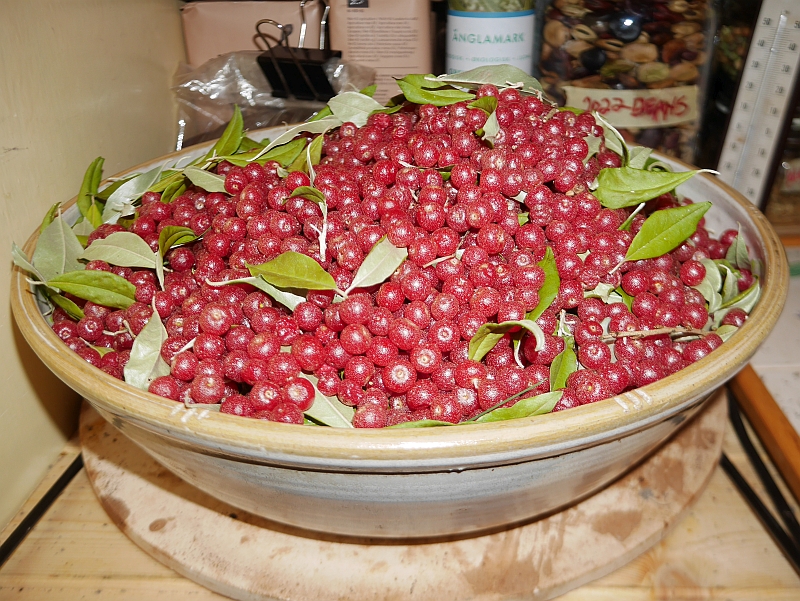 …and two pictures of the final fruit leather. Like sour cherries, they become sweeter on drying. Delicious!
…and two pictures of the final fruit leather. Like sour cherries, they become sweeter on drying. Delicious!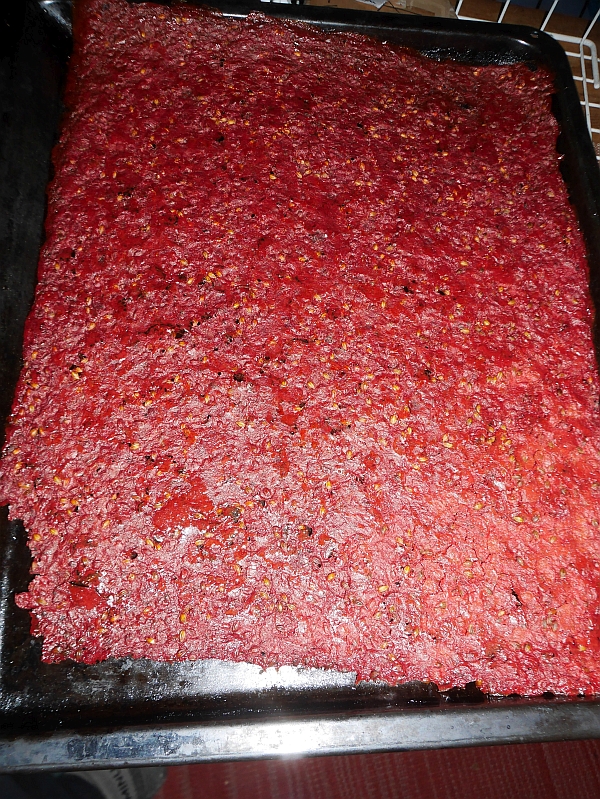

Broad Bean Land Race
First and second harvest of broad beans for drying to eat and next year’s seed. This is my “Væres Venner Mix” land race selected for maximum bean diversity each year – a joy to work with and candy for the eyes! The first sowing (first picture) were sown on 18th May and harvested on 19th September; the second sowing was on 2nd June and were harvested on 24th September (both were 5 different colour selections from last year’s crop; sown in 5 adjacent rows!)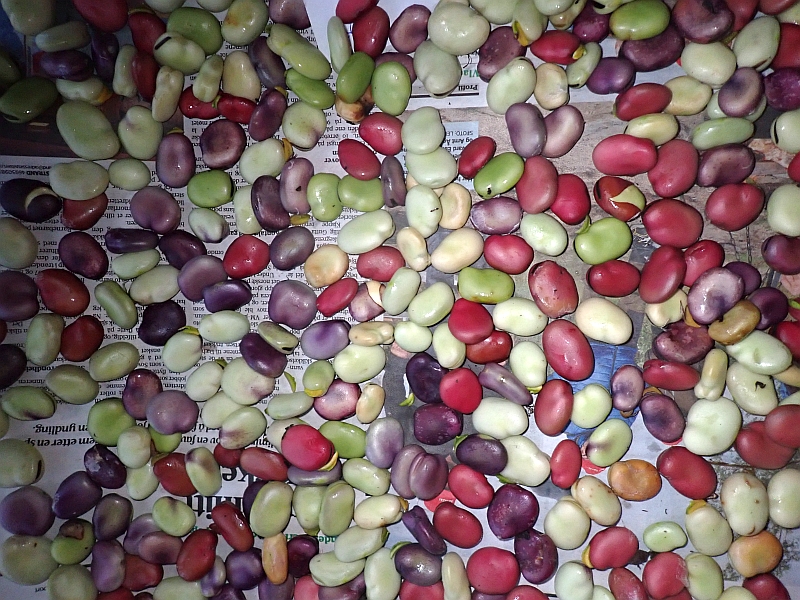

Black mustard seed
Seed processing season is upon us once again and all available space on window sills is full 🙂
Grow your own spice! These are seeds of black mustard /svartsennep (Brassica nigra / Rhamphospermum nigrum) grown in the Væres Venner Community Garden this year. I use them most in Indian food.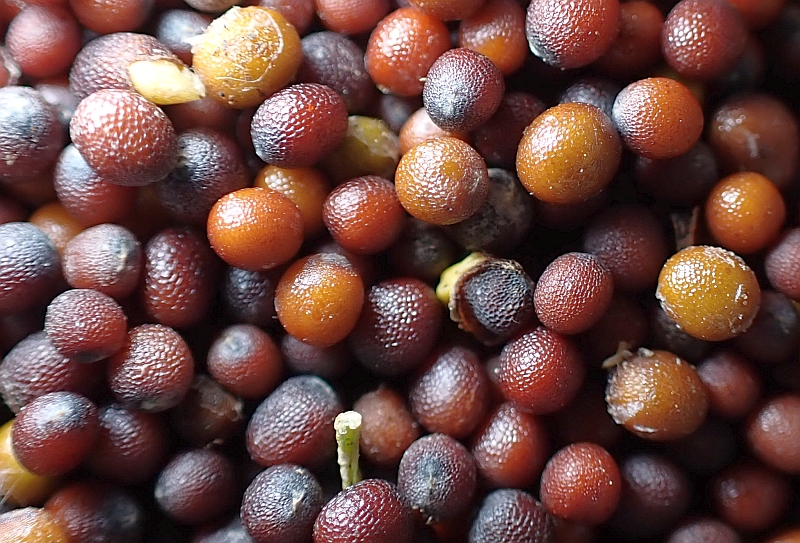
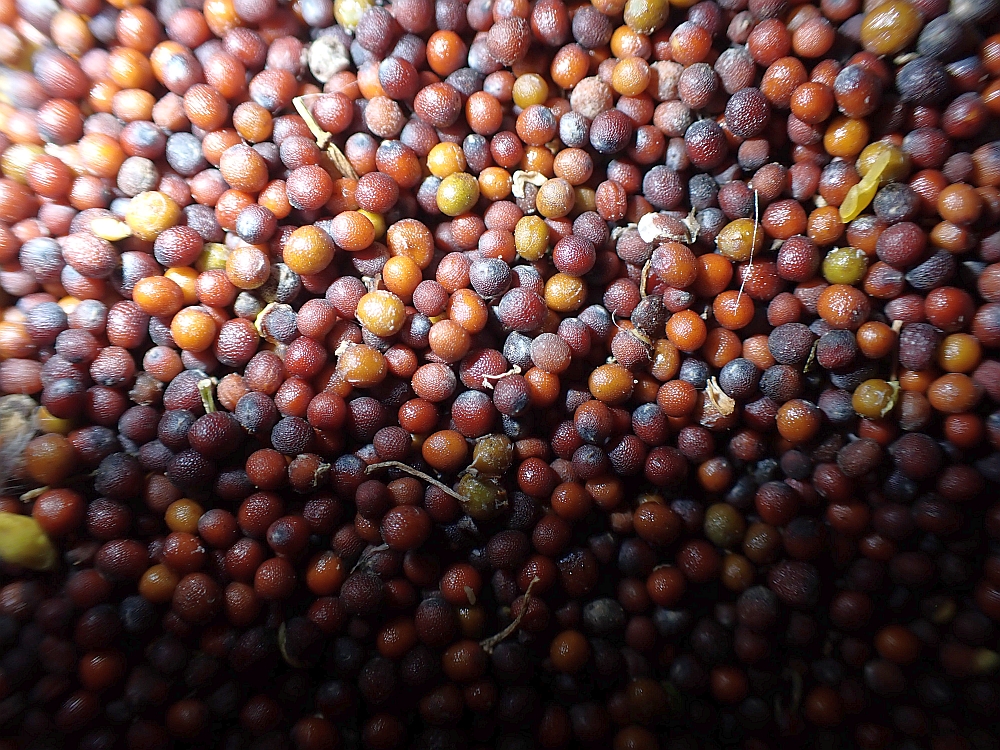
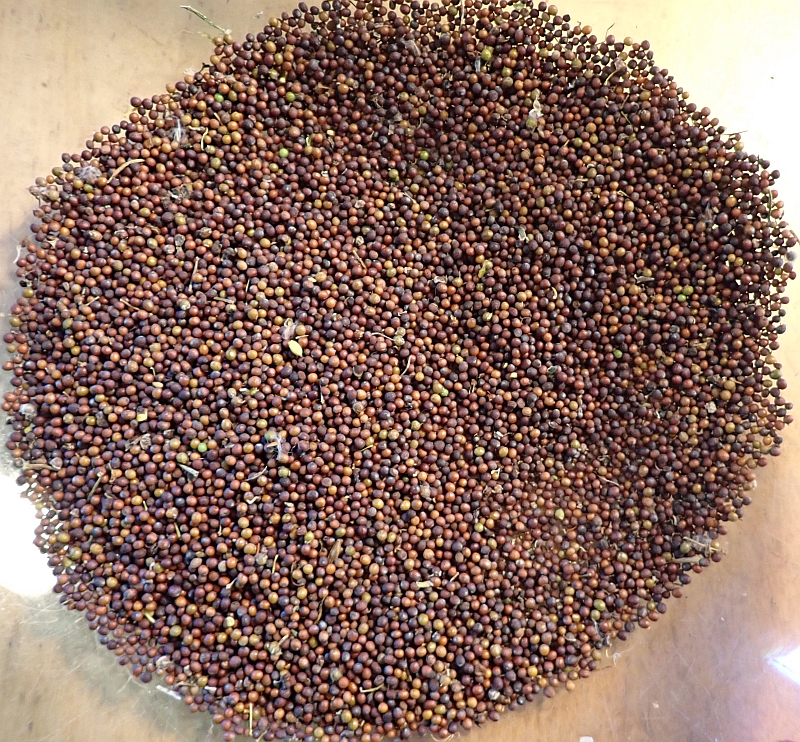

A diversity of rat’s tails
I remember years ago ordering seed of a special heirloom heritage radish “rat’s tail” (Raphanus sativus var caudatus) through the Heritage Seed Library in the UK. I remember that it was the gardener at naturalist Gilbert White’s House and Gardens at Selbourne in Hampshire that offered the seed and I remember that we ended up trading seed as they were looking for plants that Gilbert White mentioned; see https://gilbertwhiteshouse.org.uk/gilberts-gardens
The resultant plants had long green pods. However, I lost them eventually. Subsequently I’ve tried seed of rat’s tails several times and the pods have never been as long as those original plants.
Radishes are difficult to grow here in spring as our long days result in them quickly bolting (still looking for a good day neutral variety). I remember reading that when wild radish Raphanus sativus was originally domesticated in China that it was for the young seed pods rather than the swollen tap roots.
I therefore decided this winter to source various rat’s tail radishes from commercial sources and also obtained seed of 4 (of 8 available) accessions from the German genebank IPK Gatersleben. There was no available descriptons, so this was a random selection. They were sown in May in the World Garden (Verdenshagen) at the Væres Venner Community Garden (NB! I do grow a few annuals on the world garden if they have an interesting geographical story associated).
Yesterday I harvested a few of each and was blown away by the diversity with long red, thin green and two more stumpy varieties like I had been getting in recent years when ordering rat’s tails. Below is what Cornucopia II says on this interesting vegetable.
Assuming like me that you will want to grow your radishes to seed for the following year, the land is occupied all season in any case, so rat’s tails produce more than root radishes. The flowers are also also rather pretty bicoloured pink and white and area also attractive to pollinators! I think I will save seed and deveop a mixed grex of these and more varieties from the gene bank next year!
And this gave the opportunity for a unique rat’s tail salad for lunch with radish flowering tops too, also delicious (see the pictures at the bottom) :)
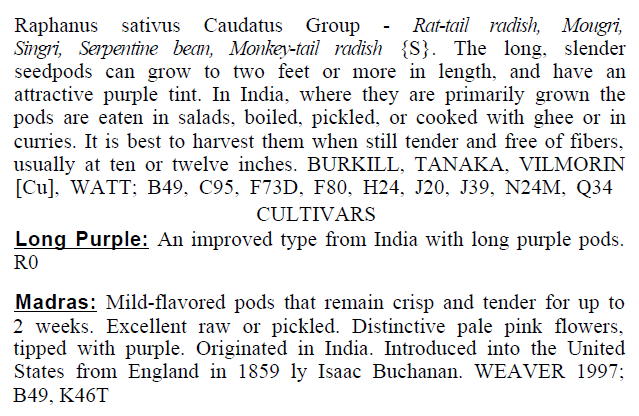




cc
